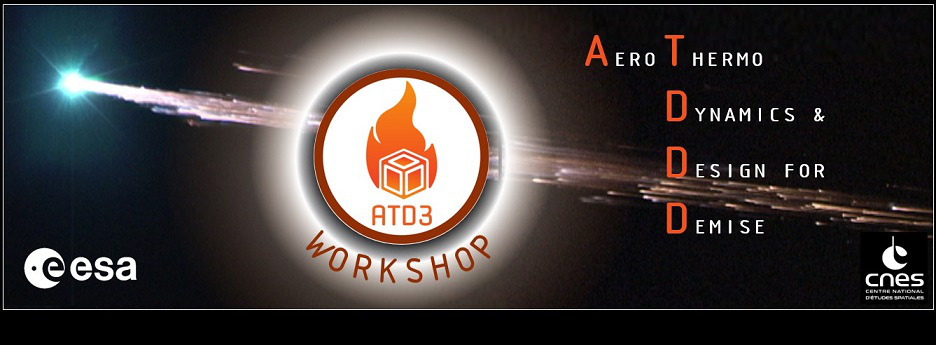Speaker
Description
A spectroscopy test campaign was conducted to observe the emission from the shock layer of a blunted model in an impulsive facility HEK-X[1] in the JAXA Kakuda space center. The HEK-X is a free-piston-driven expansion tube developed for fundamental studies of super-orbital aerothermodynamics, which was designed to produce shock speed up to 14km/s. Applying 'tuned operation,' the facility can operate at driven-pressure up to 130MPa with a comparatively long duration than conventional operation.
For spectroscopy in HEK-X, a simple spectrometer based on a grism (Showa-Kikai VEGA[2]) was developed, which was initially designed as an astronomy observation. Since the emission from the shock layer is extraordinarily strong in HEK-X, an expensive image-intensifier commonly used in the emission spectroscopy was not necessary. The image-sensor size of 2048x2048 of the camera, the spectrometer's resolution is 1.3 nm/pixel with the coverage wavelength from 380nm to 780nm. It has the following features; simple configuration, low cost, and ease of setting up. Since the current facility's test duration is extremely short order of hundred to sub-hundred microseconds, a high-speed video camera (Photron SA-Z.) was adopted to obtain the sequential spectra images with each 5micro seconds.
As a test model, a 10% scale model (40mm diameter) of the Hayabusa-2 sample return capsule was used , which was successfully returned from the deep space asteroid in December 2020. The spectrum of the emission from the shock layer was measured under the shock speed from Vs=6km/s to 10km/s. The spectrometer successfully measured, hydrogen lines around 638nm (H-Alfa) and around 490nm (H-Beta) were clearly identified under the 9km/s condition. An oxygen atom was also recognized at 777nm. In contrast, 590nm sodium and 538nm line suspecting Iron were predominant with diminishing hydrogen lines under the Vs=6km/s condition. In the presentation, the detail of the spectrometer, including calibration, will be described, and measurement uncertainty will be discussed. The spectrum obtained under suborbital speed and super-orbital speed will also be compared to identify the test flow characteristics of HEK-X.

